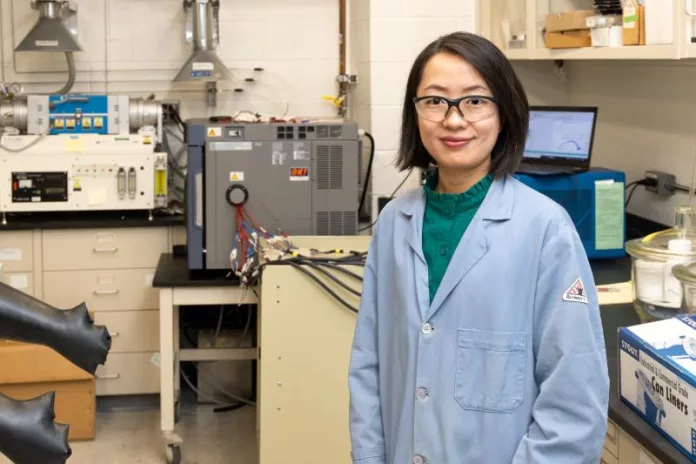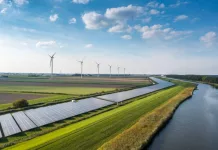Electric vehicles (EVs) have been revolutionizing the way we look at transportation, and for those who wish to venture further on a single charge, scientists like Chelsea Chen are at the forefront of this innovation. Chen, a researcher at Oak Ridge National Laboratory (ORNL), is immersing herself in the study of solid electrolytes—a critical component for extending the life of EV batteries.
She explains that to achieve higher driving ranges, it’s essential to enhance the battery’s energy density. “What we need is an evolutionary leap in battery design, specifically in the chemistry,” Chen emphasizes, and her answer to that lies in solid polymer electrolytes.
Chen points out that by focusing on the interaction between polymers, cathodes, and anodes, they can unlock the potential of solid-state batteries, drastically improving their performance and, in turn, the range of EVs.
Chelsea Chen and the FaCT Center: Pioneering Energy Solutions
Chen is part of the Fast and Cooperative Ion Transport in Polymer-Based Materials (FaCT) center, an ORNL-led collaboration. The FaCT center, supported by the Department of Energy (DOE), joins hands with national labs and universities to address major scientific challenges in advancing fundamental energy science.
Her role within the center includes developing cutting-edge solid-state batteries and deciphering the mechanics of ion transport in specialized electrolytes. Chen’s expertise is crucial in designing safer, more efficient batteries, eliminating the risks associated with the combustible liquid electrolytes used in traditional lithium-ion batteries.
By combining solid-state electrolytes with a lithium metal anode and high-voltage cathode, she and her colleagues hope to significantly increase battery energy density.
The Journey of a Polymer Scientist
Chen grew up in northeast China with a keen interest in chemistry. This fascination followed her through her undergraduate studies at Shanghai Jiao Tong University, where she was surrounded by a robust polymer science community. A journey through a Ph.D. from the University of Michigan and postdoctoral research at Berkeley further cemented her interest in the structure and behavior of polymers.
Her industry experience as a senior chemist at Dow Chemical, where she firmed her skills in polymer development, eventually led her to realize that her true calling was fundamental research. In 2017, Chen returned to her roots in national lab research, joining ORNL to focus on experimental discovery and collaboration.
At ORNL, Chen cherishes the collaborative environment and the priority given to scientific output, which led her to earn accolades such as the American Chemical Society Young Investigator Award in 2022.
Sustainability and the Future of Polymers
While delving into battery chemistry, Chen also contemplates the broader horizon of polymer use and sustainability. She remarks on the paradox of consumer plastics, where recycling processes often take a backseat due to economic incentives in creating new materials.
Chen believes that if recycling efforts for other materials like lithium and cobalt are gaining traction, then polymers from spent EV batteries should be given equal attention. Her commitment to sustainable chemistry and upcycling, envisioning novel uses for recycled materials, is a testament to her comprehensive approach to science and technology.
Funds from the DOE Office of Energy Efficiency and Renewable Energy and the DOE Office of Science fuel Chen’s groundbreaking work. Her reliance on advanced facilities like the Spallation Neutron Source and the Center for Nanophase Materials Sciences underscores the critical role of national lab resources in addressing contemporary scientific challenges.
Under the management of UT-Battelle and supported by the DOE Office of Science—the largest funder of physical sciences research in the United States—Chen’s efforts at ORNL continue to pave the way for the next generation of sustainable, high-performance EV batteries.

























